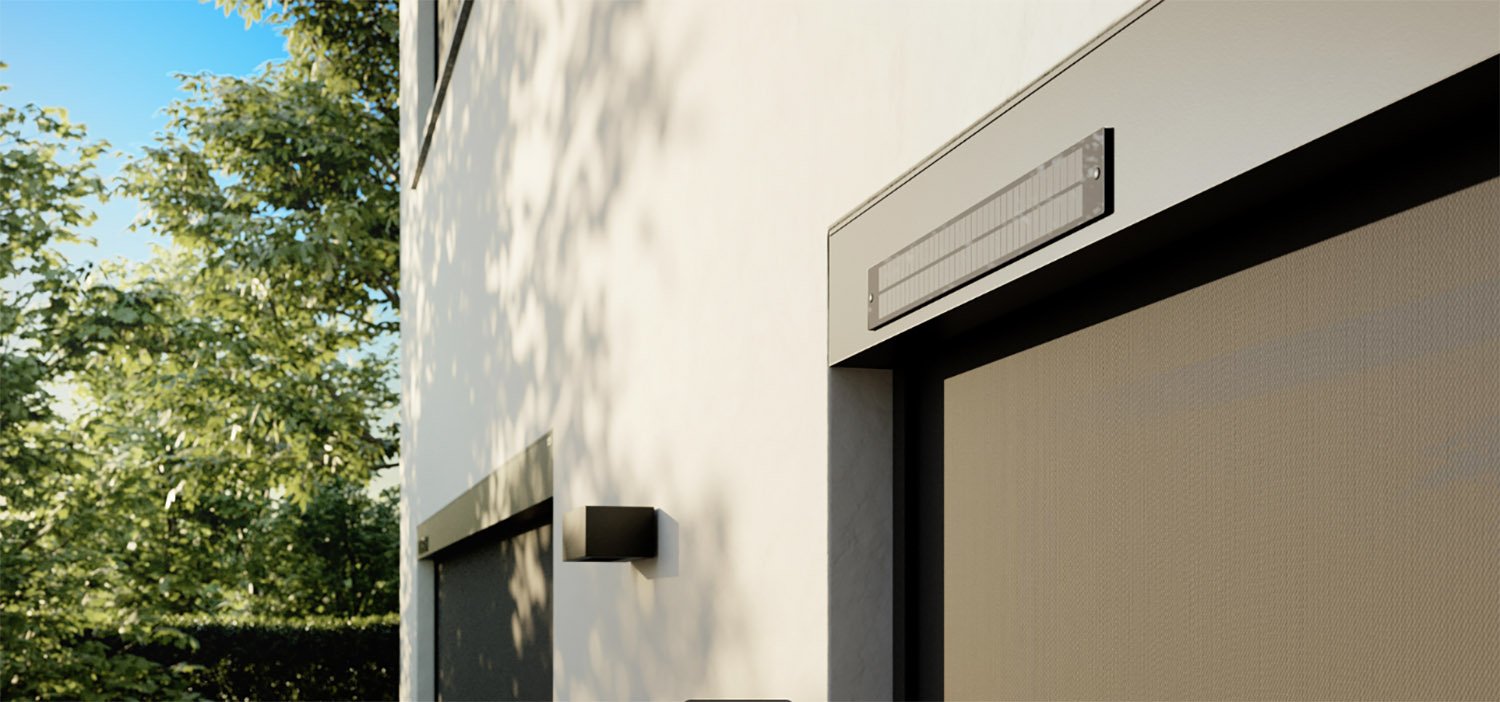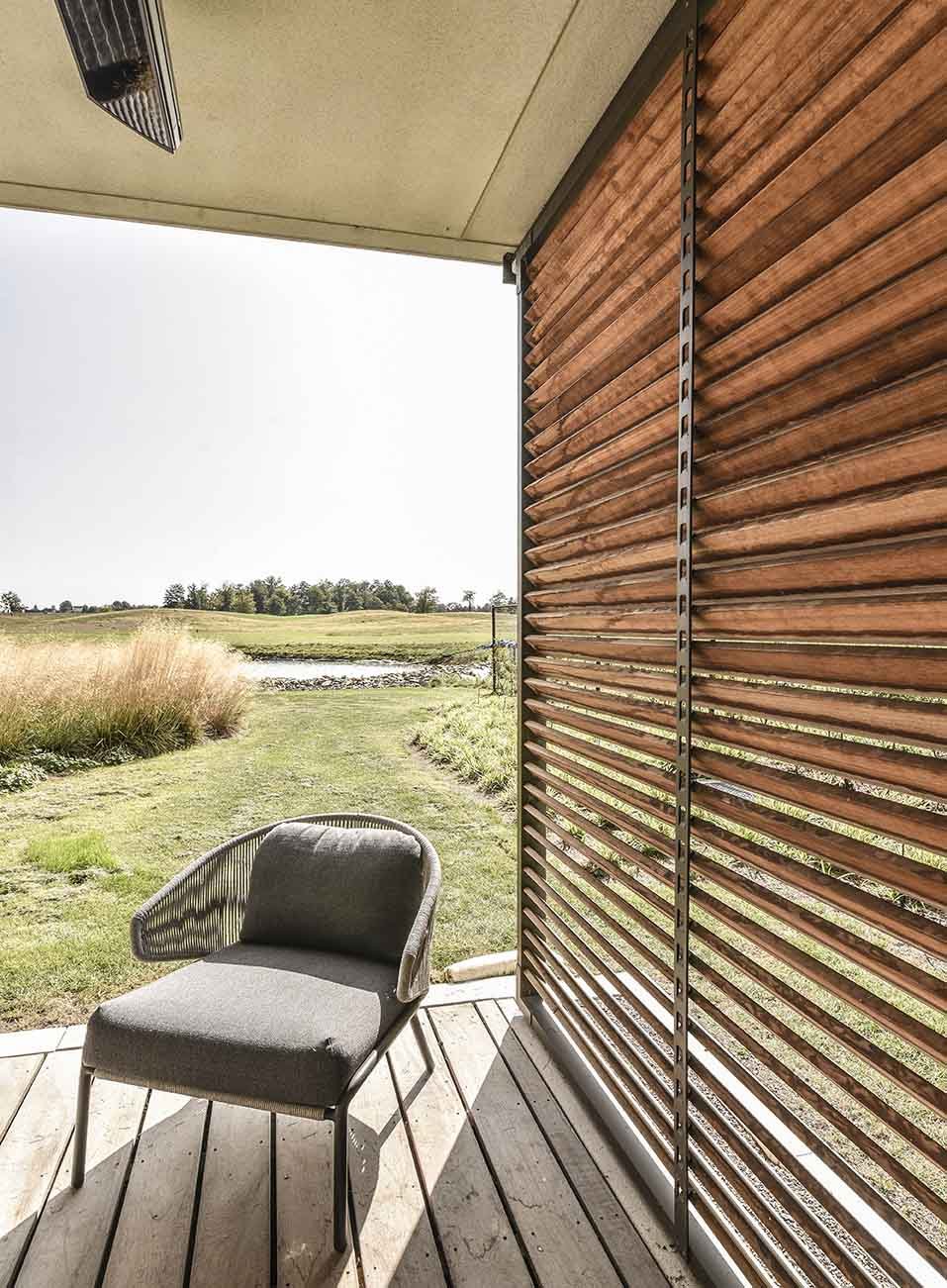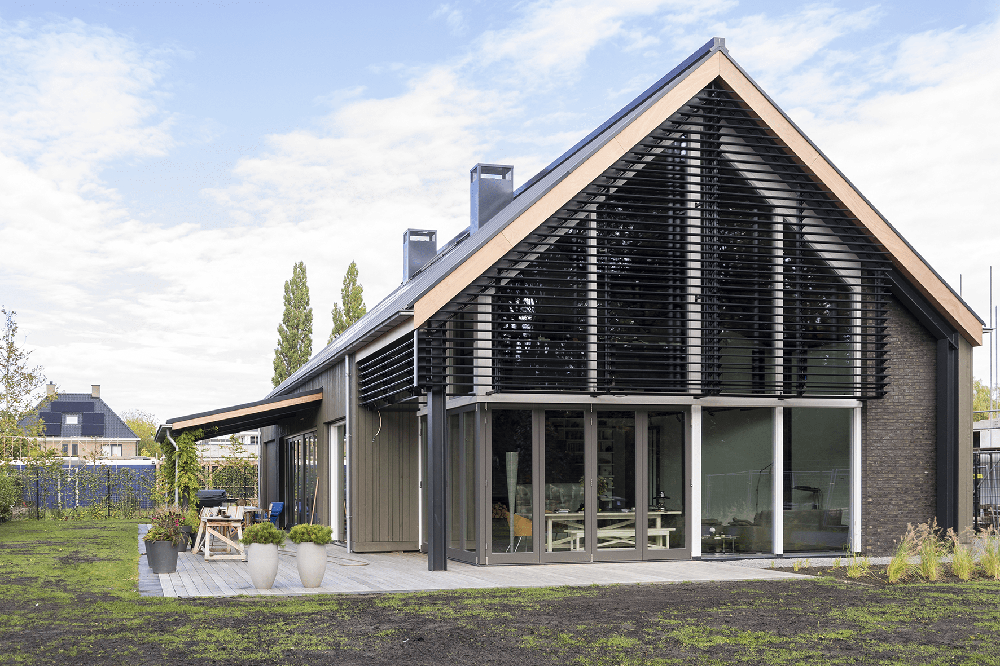External Roller Blinds vs. Internal Roller Blinds: A Battle of Energy Efficiency
Solar powered external roller blinds
In the realm of window treatments, roller blinds have long reigned supreme. They offer versatility, style, and, most importantly, the ability to control light and privacy. However, as climate change continues to impact our lives, energy efficiency and heat reduction have taken center stage in the world of blinds. In this article, we'll explore the key differences between external roller blinds and their internal counterparts, focusing on energy savings, heat reduction, and their increasing popularity in the face of climate change.
Energy Efficiency: Battling the Elements
External Roller Blinds:
External roller blinds , as the name suggests, are installed on the outside of your windows. This strategic placement allows them to act as a formidable shield against the elements. When the scorching sun beats down on your windows, external roller blinds intercept the heat before it can infiltrate your living space. This simple yet effective barrier significantly reduces the amount of solar heat that enters your home, resulting in a cooler and more energy-efficient interior. If you want to save even more on long-term energy costs then you should also consider solar powered roller blinds
Internal Roller Blinds:
On the other hand, internal roller blinds are placed inside your home, offering a degree of light and privacy control. While they do provide some heat reduction benefits by blocking direct sunlight, they primarily work to mitigate heat gain after it has entered your living space. This means that you often need to work harder to maintain a comfortable temperature, ultimately leading to higher energy bills.
Longevity: The Durability Factor
External Roller Blinds:
External roller blinds are designed to withstand the harshest of weather conditions. They're exposed to sun, rain, wind, and more, yet they continue to perform year after year. Their robust construction and materials make them a long-term investment that can endure the test of time.
Internal Roller Blinds:
Internal roller blinds, while durable in their own right, are not subjected to the same external forces. Over time, exposure to sunlight and repeated use can lead to wear and tear. Frequent replacement might be necessary, which can add up in terms of both cost and environmental impact.
The Climate Change Connection: A Growing Trend
As climate change intensifies, so does our need for sustainable and energy-efficient solutions. External roller blinds have emerged as a popular choice due to their ability to combat rising temperatures and reduce energy consumption. Homeowners are increasingly drawn to these exterior shading solutions as a proactive response to climate change. By opting for external roller blinds, they not only enhance their living conditions but also contribute to reducing their carbon footprint.
A Bright Future for External Roller Blinds
External roller blinds, especially when equipped with solar power technology, are proving to be a game-changer in the quest for energy efficiency, heat reduction, and sustainability. Their strategic placement, robust design, and the ability to harness solar energy make them a superior choice in the battle against rising temperatures and energy bills. With climate change a looming concern, the popularity of external roller blinds, particularly the solar-powered variants, is set to rise even further. They not only enhance the comfort of your home but also play a pivotal role in creating a more sustainable and eco-friendly future. When it comes to energy efficiency, longevity, and harnessing solar power, external roller blinds, particularly those powered by the sun, are shining stars in the world of window treatments.
We hope you found this article useful. For more information on how our shading products get in touch with us.
Here are some of our innovative exterior shading products you may want to consider for your home shading solutions…
Tiltable Louvres
Exterior louvres are a beautiful feature for new build homes. They provide unique light and shading control…
Vertical Zip Screens
Vertical screens are a proven, effective way of reducing internal heat gain and are ideal for large glazed patios
MicroLouvre® Screens
Provide exceptional heat gain reduction, directional light diffusion and glare control. Designed to be installed onto the building’s facade, MicroLouvre® helps diffuse sunlight before it enters the space.
Awnings
Our range of beautiful awnings are designed for keeping your home cool to enjoying al-fresco dining. We supply and fit patio, vertical and conservatory shading solutions.














